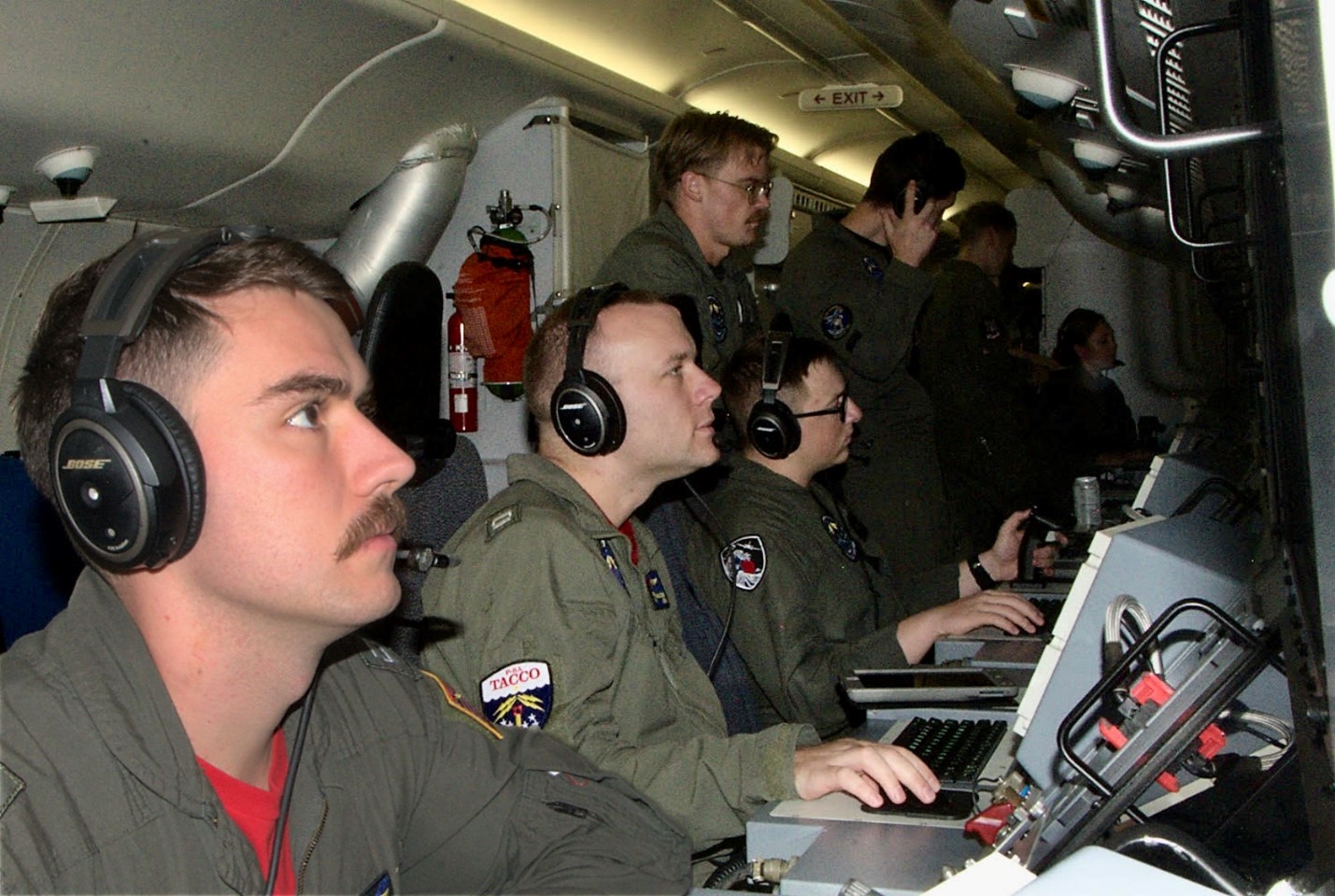On Wednesday, a U.S. Navy maritime patrol aircraft monitored two Russian warships as they navigated a key waterway between South Korea and Japan—a strategic region in East Asia.
A photo released on Friday showcased U.S. Navy sailors from Patrol Squadron 10, which operates out of Naval Air Station Jacksonville in Florida. These personnel were aboard a P-8A “Poseidon” aircraft, conducting missions to enhance maritime domain awareness near the Tsushima Strait, a vital junction linking the Sea of Japan, Yellow Sea, and East China Sea. The squadron started its operations from Japan on April 8.
The “Poseidon” missions were timed alongside the Russian naval presence in the Tsushima Strait, where the cruiser Varyag and frigate Marshal Shaposhnikov traversed the area on Wednesday and Thursday, as reported by Japan’s Defense Ministry. Both ships are equipped with missiles and artillery.


The P-8A “Poseidon” replaces the older P-3C “Orion” and is designed for long-range anti-submarine and anti-surface warfare, along with intelligence, surveillance, and reconnaissance. It can also deploy torpedoes and cruise missiles, boasting sophisticated radars and sensors.
While the specific purpose of the U.S. operations was not disclosed, the Navy indicated that American forces in the Indo-Pacific are active in critical maritime routes to deter threats that could destabilize the region and disrupt the flow of trade and ideas.
The Varyag and Marshal Shaposhnikov entered the Tsushima Strait from the East China Sea, moving north toward the Sea of Japan, under the watchful eye of the Japanese navy. These ships are expected to return to Vladivostok, where Russia’s Pacific Fleet is based.

The Russian vessels began their long passage in late January, reaching the Mediterranean Sea by April and staying there until last month. They then made their way back through the Red Sea via the Suez Canal, according to the Pacific Fleet.
Simultaneously, two U.S. warships conducted their own operations in nearby waters. The amphibious assault ship USS America and the destroyer USS Ralph Johnson were active near the Miyako Strait on Wednesday. Later, the USS Ralph Johnson operated in the Luzon Strait and the South China Sea, with imagery from the Navy showing its movements closely aligned with a maritime strategy called the first island chain—encompassing Japan, Taiwan, and the Philippines.
On Thursday, the USS Ralph Johnson transitioned to the East China Sea, navigating the Taiwan Strait and likely completing a two-day circuit around Taiwan, an autonomous island claimed by China.
